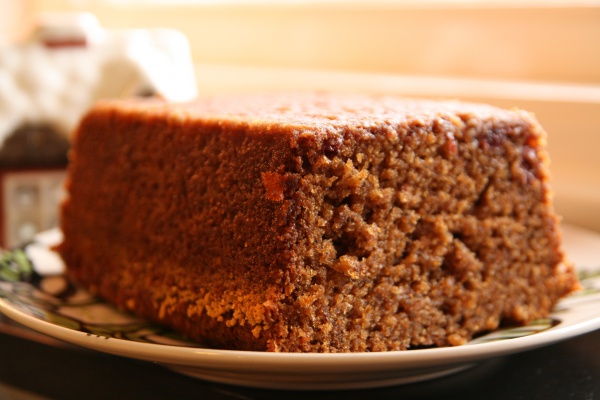Facts About Gingerbread
Gingerbread is a delightful category of baked goods, brimming with flavors from spices like ginger, cloves, nutmeg, and cinnamon, and sweetened with honey, sugar, or molasses. Originally, the term "gingerbread" referred to preserved ginger, but over time, it has come to include various confections made with honey and spices. Today, gingerbread encompasses everything from soft loaf cakes to crispy ginger snaps.
The story of gingerbread dates back to the 10th century when an Armenian monk named Gregory of Nicopolis introduced it to Europe. By the 13th century, Torun gingerbread had become famous in Poland and beyond. Over the centuries, gingerbread gained popularity in Germany, England, America, and many other countries. In England, it was even believed to have medicinal properties.
Gingerbread comes in many forms around the world. In England, it can mean a cake, cookie, or biscuit, with gingerbread men being particularly popular. Northern England enjoys a soft gingerbread cake called Parkin. In the United States, gingerbread cake is a common treat. Unique versions of gingerbread can also be found in the Netherlands, Belgium, Germany, Switzerland, Russia, Poland, the Czech Republic, Romania, Bulgaria, and beyond.
In Nordic countries, thin, brittle gingerbread biscuits like pepperkaker and pepparkakor are a Christmas favorite. Russia has its version called "pryaniki" and Poland is known for "pierniki." Each country infuses its own twist into gingerbread, varying the ingredients and flavors.
Gingerbread remains a beloved treat in many cultures, often enjoyed during festive occasions or as a sweet snack. Its rich history and ability to adapt to different culinary traditions have made gingerbread a cherished delicacy worldwide.

 Czech Republic
Czech Republic